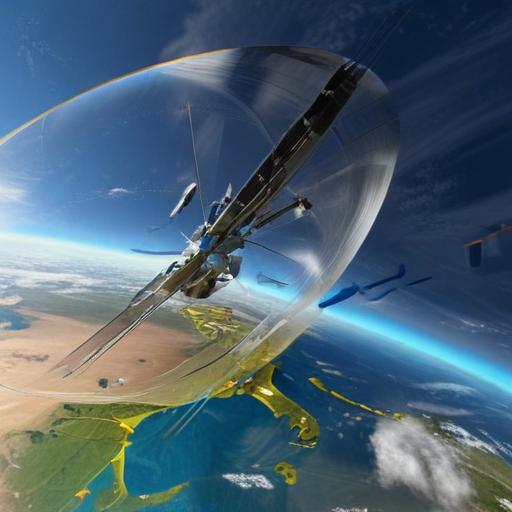The future of weather forecasting is on the precipice of significant advancement, according to Representative Frank Lucas, a Republican from Oklahoma. He emphasized that next-generation weather radar technology has the potential to dramatically enhance forecasting capabilities. However, he suggested that if his colleagues fully grasped how advanced these technologies could be, steps to implement them would have already been taken.
Lucas was instrumental in the passage of the Weather Research and Forecasting Innovation Act of 2017, which was signed into law by President Trump. This legislation allows the National Weather Service (NWS) to procure data from commercial entities and engage private companies for satellite launches. This law has spurred the growth of start-ups in the weather industry that utilize their own forecasting models, leveraging NWS data to develop new products.
As part of the evolution in this sector, many new weather companies have begun deploying their own satellites to gather data, which they can sell back to the NWS. They are also incorporating artificial intelligence to improve their forecasting models. Preliminary tests indicate that AI is making strides in predicting certain weather events more accurately.
However, recent proposals such as Project 2025 from the Heritage Foundation have raised concerns. This plan advocates for the NWS to “fully commercialize” its forecasting. Critics, including Lucas, argue that privatizing weather forecasting could result in public safety information being available only to those who can afford it. They question whether a system that prioritizes profit over public access truly serves society or benefits the economy effectively.
The advancements in weather technology present an exciting opportunity for better forecasting, but they also pose challenges regarding accessibility and equity. As the industry evolves, it will be crucial to strike a balance between innovation and the public’s right to vital information.
